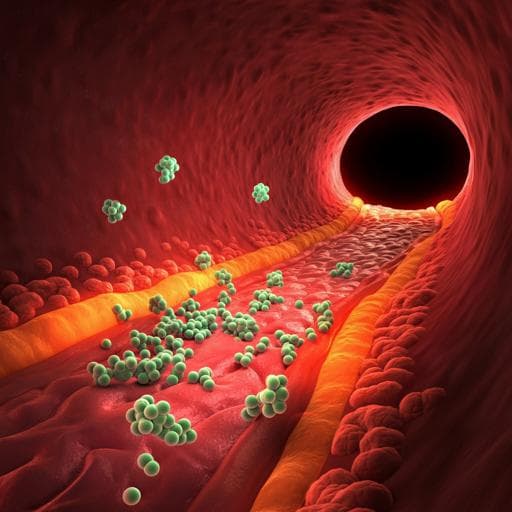
Medicine and Health
EGFP-EGF1-conjugated poly(lactic-co-glycolic acid) nanoparticles as a carrier for the delivery of CCR2– shRNA to atherosclerotic macrophage in vitro
Z. Wu, C. Chen, et al.
Discover groundbreaking research by Zhilin Wu and colleagues on how targeted delivery of CCR2-shRNA via innovative nanoparticles can revolutionize atherosclerosis treatment. Their study highlights enhanced macrophage uptake and effective gene silencing, paving the way for advanced therapeutics in cardiovascular health.
~3 min • Beginner • English
Related Publications
Explore these studies to deepen your understanding of the subject.







